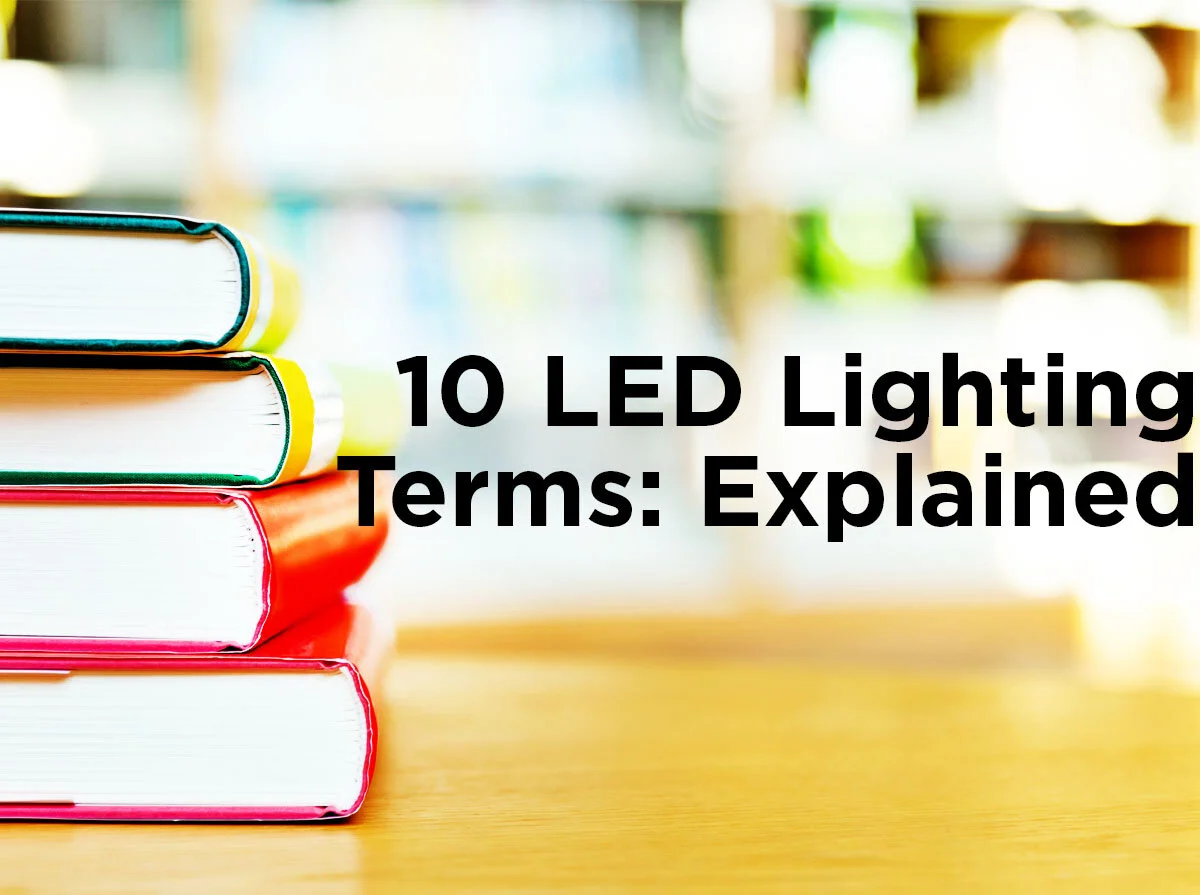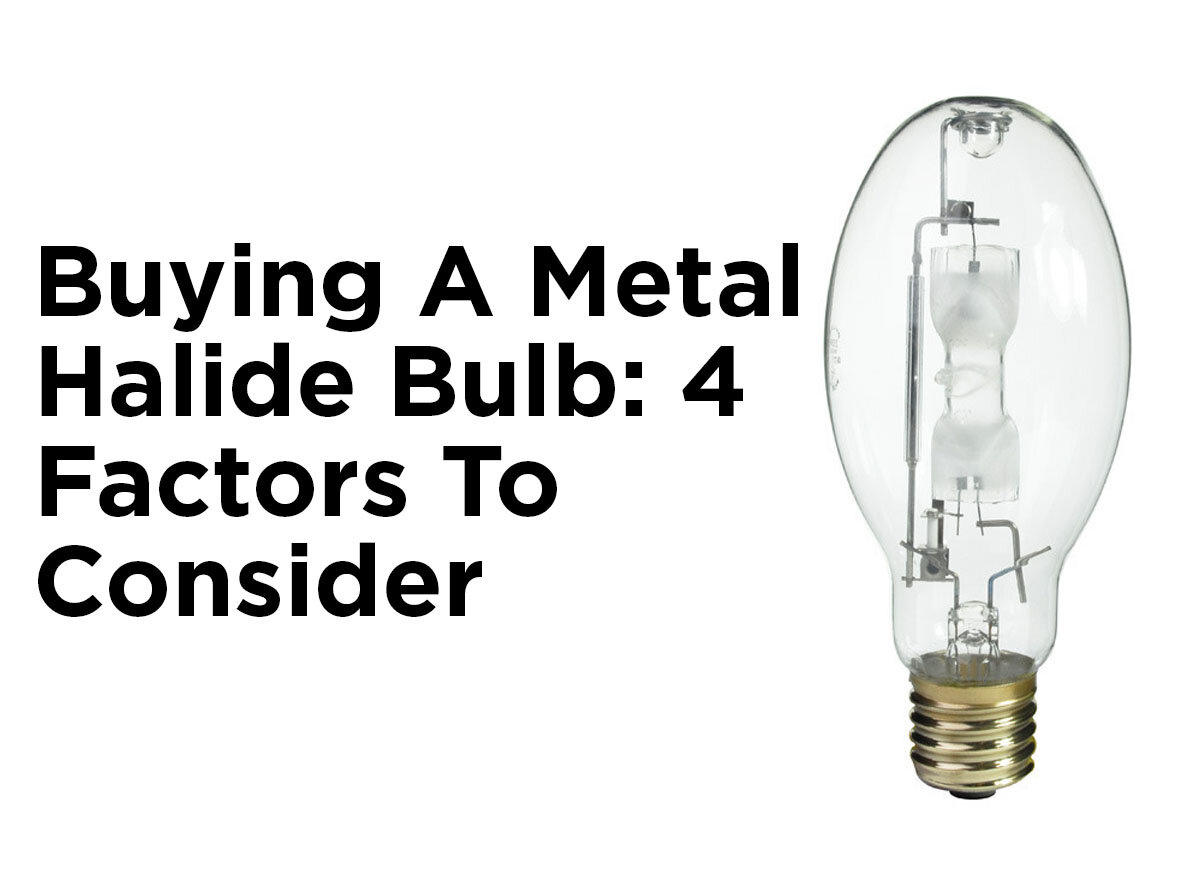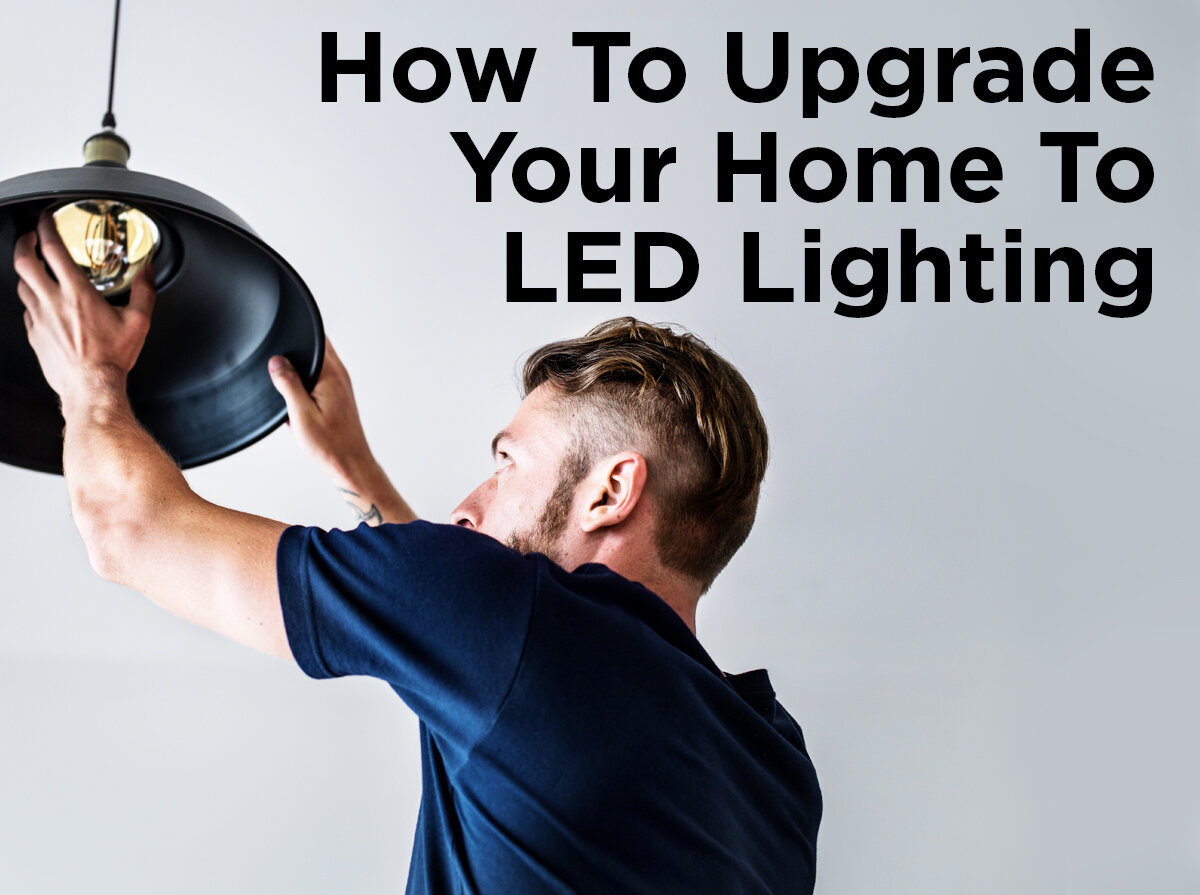10 LED Lighting Terms: Explained
We’ve covered standard lighting terms before, but LEDs have a set of terms of their own. The barrage of foreign jargon and acronyms on LED data sheets can leave a lot of people floundering between numbers and flashy buzz-words they aren’t used to. So here’s a short list of 10 important industry terms and what they mean to help you make a more informed decision when you’re picking out your next LED light bulb.
SSL:
LED systems which use a semiconductor in place of the standard filament or arc tube are known as “Solid State Lighting” or SSL lamps.
Binning:
When manufacturers make LEDs they typically sort them into bins based on color and the overall lumen output of the individual LED. Some manufacturers restrict the type of LEDs used in the bulb array to a specific range of bins – those closest together—in order to preserve the consistency of brightness and color. Manufacturers who make fixtures or bulbs with this requirement occasionally list the LED as having been binned.
RGB/Color-Changing:
The term RGB (the three primary colors: red, green, and blue) is used as a signifier to show that a lamp can be used for multiple colors; a feature found only in LED lamps. A controller is needed to adjust the color of the lamp, which is usually sold separately.
Dynamic White:
Similar to RGB LEDs, dynamic white LEDs can range in color temperature from incandescent white (2700K) to full spectrum white (6500K). A controller is needed and any bulb with this label should also mention what range of light it is capable of producing.
Warm Dim:
When an incandescent bulb is dimmed, the color temperature changes to a warmer tone. At the lowest levels, you’ll find that the filament glows a deep orange while giving off barely any light. LEDs maintain their color temperature all the way down to the cutoff point for dimming. Since many people actually like the warmth of a dimmed incandescent, a warm dimming LED replicates this color tone change as it’s dimmed. The effect is produced using red and amber LEDs and additional control technology within the bulb.
Omni-Directional:
Because of their construction, most LEDs emit light in a single direction, like PAR and MR16 lamps. As manufacturers began to make standard shape LEDs, the original A19 shaped lamps had narrower beam angles that topped out at around 180 degrees. Newer lamps were given the term “omni-directional” to show that they covered the full range of light that standard incandescent bulbs covered. An omni-directional LED light bulb can be used without a shade or in a table lamp to give the same lighting of a traditional incandescent.
L70/LM79/LM80:
Each of these terms represents a certification rating for the LED. L70 describes the LED’s brightness after a certain amount of time has passed. For example: “LM70 50,000 hours” means that the bulb doesn’t drop below 70% of its initial lumen rating until around 50,000 hours of operation. LM79 and LM80 are general rating systems for LED industry standards. Respectively, they test the fixture or the individual (bare) components. The battery of tests covers power cost, total flux, color, and efficacy of the lamp. Bulbs and fixtures rated with LM79/LM80 can be compared with other rated bulbs.
Efficacy:
Bulb efficacy is what you’re most interested in; the brightness of the lamp compared to its power cost. This is important because it shows just how much you save in energy for your lighting. Typically expressed as “lumens per watt,” “LPW,” or “lm/W,” this number shows how much light you are getting from your bulb for the energy used. The higher the LPW the less energy you need for the same amount of light and the lower your electric bill will be per month. It’s one of the best ways to compare the efficiency of lamps. A typical LED bulb or fixture ranges from 50 to 90 LPW while an incandescent lamp is around 16 LPW, which is an impressive difference.
Driver:
This isn’t a chauffeur for your LEDs. An driver regulates the voltage for the LEDs by changing it from AC to DC and monitoring the voltage or current levels to suit your particular lamp’s needs. We’ve done a full write-up on LED Drivers, which I highly recommend reading. The main thing to keep in mind is the difference between an internal and external driver. Most home lamps – think A19 and PAR lamps – use an internal driver. Larger fixtures and specialized lamps like T8 tubes require external drivers. The function is similar to a ballast for fluorescent or HID lamps and the LED will typically call for an external driver if it needs one. Since the driver is typically the first component to fail on an LED lamp, you might consider using external drivers for larger LED systemsto save on maintenance costs.
Die/ Array/Engine:
All of these are components that make up LED lights. Die is a term for the semiconductor chip that emits light. It’s the small square chip you see mounted to the board if you take apart an LED bulb. An LED array is made up of multiple die. By combining a driver and a die array in a single module you make an LED fixture or lamp known as an LED light engine.
Hopefully this clears up the confusion around these terms. If you have any other lighting terms from our glossary or that you’ve found and would like to know, we’d be glad to illuminate their meanings. Just let us know in the comments or on Facebook, Twitter, LinkedIn, or Pinterest!







